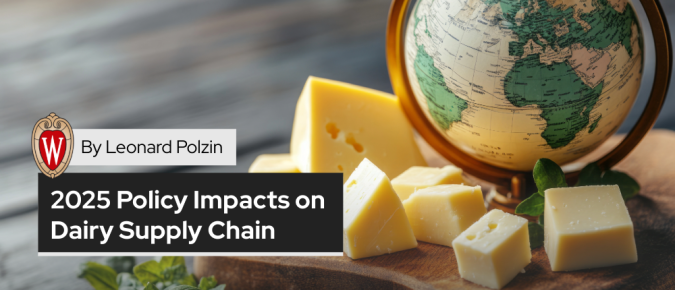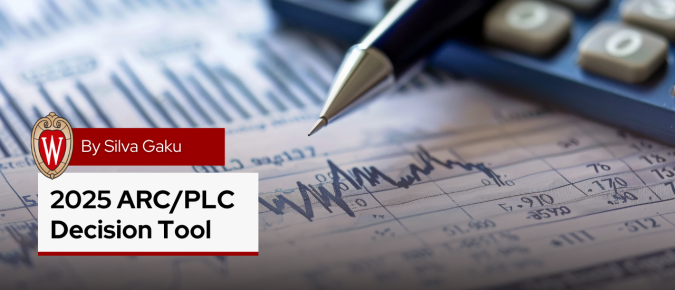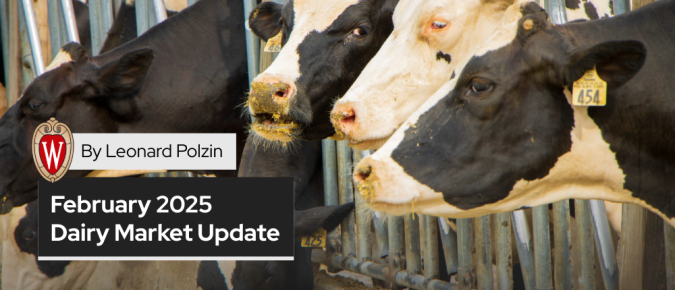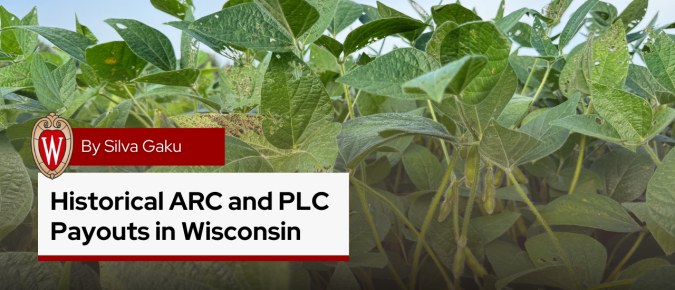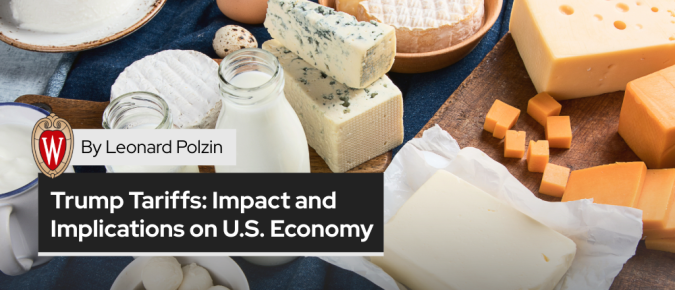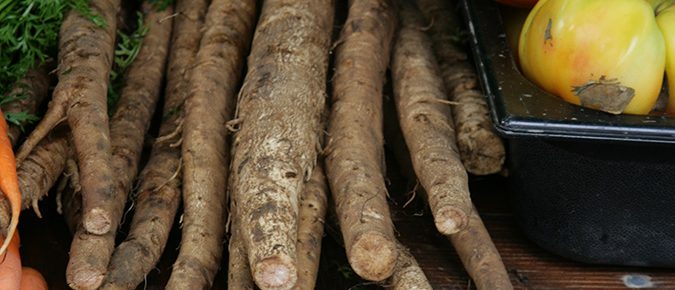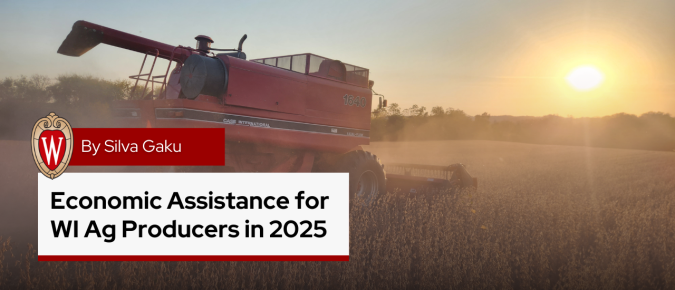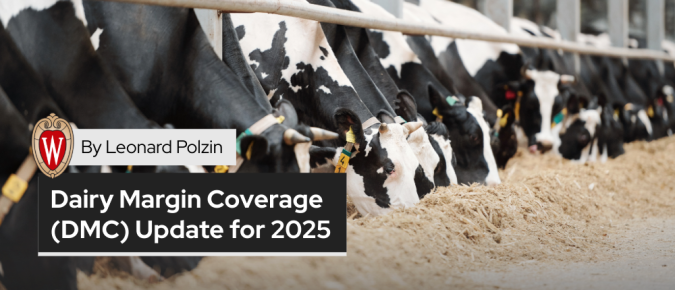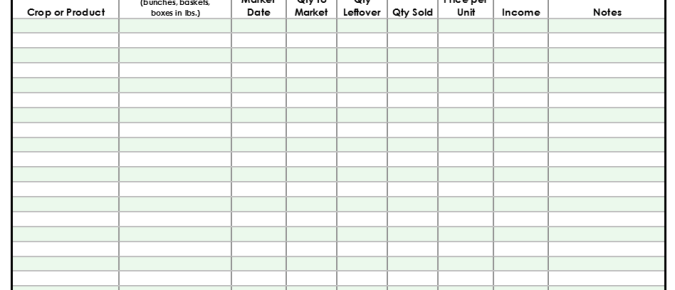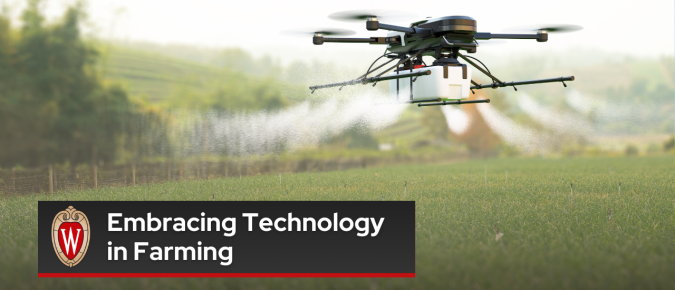This analysis shows trade tariffs, stricter immigration policy, and reductions in nutrition program spending would have substantial negative effects on the U.S. dairy sector.
Variability in crop markets can make it challenging for farmers to choose the right ARC/PLC program for their specific area and crop. This ‘What-If’ Tool helps Wisconsin producers analyze potential payments at various price levels and county yields.
Entering 2025, dairy prices have remained stable to weaker. While there appears to be more bearish than bullish fundamental factors present, the magnitude of these influences remains uncertain. The extent of each factor’s impact will ultimately determine farm-level profitability in the coming year.
The Extension Farm Management Program has developed interactive tools to assist Wisconsin producers in comparing ARC-County (ARC-CO) and PLC payments by county, commodity, and irrigation type.
President Trump has initiated a phased rollout of universal tariffs on all U.S. imports. Economists suggest that these policies will likely be inflationary, as businesses paying higher tariffs may pass costs onto consumers. Additionally, affected trading partners could retaliate, potentially leading to a broader trade conflict.
In this presentation, Sylvanus Gaku, Extension Farm Financial Management Outreach Specialist, covers what producers need to know for the 2025 ARC/PLC sign-up.
In this presentation, Leonard Polzin, Extension Dairy Markets and Policy Outreach Specialist, covers what producers need to know for the 2025 DMC sign-up. He walks through changes and discusses the DMC decision tool that helps producers decide on the level of coverage necessary.
Interested in transitioning to organic agriculture, or just curious? This article gives an overview of the organic transition process, certification requirements, and available resources to support your journey.
This report provides a statewide overview of agricultural land values across Wisconsin based on a statistical analysis of actual sales and now includes the weighted average price of agricultural land sold in Wisconsin.
This recording offers an overview of the agricultural economy in Wisconsin. Hadachek discusses in detail a comprehensive report he co-authored with Dr. Steven Deller that analyzes agricultural contributions, particularly focusing on food processing and on-farm production.
This recording outlines the current state and future outlook of farm income in the United States, focusing on key metrics such as net farm income, production conditions, and economic indicators.
Hear about the current state of the dairy market, focusing on the influences of processing capacity, beef prices, policy implications, and production costs.
This article provides estimates of economic assistance for Wisconsin producers following the passage of the American Relief Act, 2025, on December 20, 2024.
The Dairy Margin Coverage (DMC) program continues to serve as a critical risk management tool for dairy producers, helping mitigate the impact of volatile milk and feed prices. This article provides an update on key provisions, eligibility requirements, risk management considerations, and historical performance insights for the DMC program.
This recordkeeping toolkit, produced by the Farmers’ Legal Action Group, includes easy-to-follow instructions and templates to help small-scale fruit and vegetable growers keep accurate farm records.
Adopting new technology in agriculture is a significant investment that can be highly profitable if done well, or costly if not. The first step is to be aware of and understand the issues that can influence the outcome, followed by gathering the necessary information to make informed decisions.
Using technology in farming isn’t just a choice—it’s necessary. As farms use and rely on more technology, farmers and industry stakeholders are looking at advanced tools like robots, automated equipment, and self-driving machines.
EQIP (Environmental Quality Incentives Program) yog kev pabcuam rau kev cog qoobloo-yug tsiajtxhu thiab tej kev uas pab kom tej yxoob-ntoo dejnag huabcua thiab tsiajtxhu huvsi zoo raws li lub homphiaj npajtseg.

